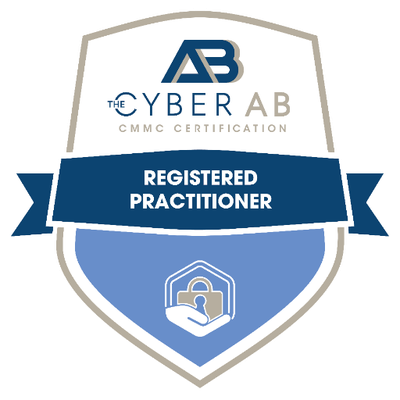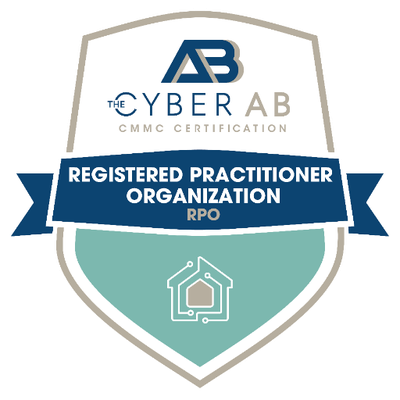Cryptography is emerging as the cornerstone of data protection—especially as quantum computing threatens to outpace traditional encryption methods. As we approach the quantum era, many of the encryption protocols we rely on today, such as RSA and ECC, will become vulnerable to decryption by quantum computers. This seismic shift in technology requires a proactive approach to ensure that our data remains secure. We talked to Kosta Vilk, Founder of QuSecure to explore how cryptography is key to building quantum-resilient systems, and how businesses can adapt to the challenges posed by quantum computing.
The Critical Role of Cryptography in Cybersecurity
Cryptography plays a central role in securing data, ensuring privacy, and maintaining integrity across digital platforms. From online banking to email communication, encryption protects sensitive information from malicious actors. But as quantum computing advances, many of the encryption algorithms we rely on could be easily broken, potentially exposing private data to unprecedented risks. The traditional systems, including public-key infrastructures like RSA, have withstood the test of time, but quantum computers have the potential to crack these encryption methods in a matter of seconds. This is where the need for quantum-resistant cryptographic systems becomes critical.
As Kosta Vilk points out, while encryption protocols like RSA and ECC are secure today, they won’t stand up against quantum computing in the near future. “The reality is you are right. We tested it against RSA and ECC algorithms and figured out the steps that it takes to break classical cryptography, which we use as a single process,” says Vilk. “With enough computing power, which is going to come up quickly, we can’t rely on either the handshake or the encryption algorithms anymore.”
The Future of Encryption: A Shift Toward Quantum-Resilient Algorithms
Cryptography is no longer just a matter of creating secure connections—it’s a dynamic field that must evolve to stay ahead of emerging threats. Quantum resilience is at the forefront of this evolution. Quantum computers leverage the principles of quantum mechanics to solve complex mathematical problems at a pace unimaginable with classical computing. While this opens doors to major advancements, it also poses significant risks to the security of current encryption systems. With the ability to break traditional encryption, quantum computing could potentially unlock sensitive data that has been encrypted for decades.
Vilk highlights that replacing old algorithms with new quantum-resistant ones isn’t enough. “Replacing them alone is not necessarily the right thing to do because of performance impacts. We still want our connection to be fast and speak naturally. Also, the resilience and security that we still need to have. When they apply a quantum computer against that encryption, we still want it to be safe,” he explains. The solution lies in adopting cryptographic agility—the ability to adjust encryption methods as new quantum-resistant algorithms are developed. By implementing cryptographic agility, businesses can ensure that their systems remain secure even as quantum computers advance.
Active vs. Passive Cryptographic Agility: What’s the Difference?
Vilk breaks down cryptographic agility into two distinct categories: passive cryptographic agility and active cryptographic agility.
- Passive Cryptographic Agility: This refers to the ability to update encryption libraries and algorithms with quantum-resilient versions as they become available. It’s a proactive strategy that ensures systems remain secure over time, even as encryption methods become outdated. However, passive agility doesn’t react in real-time to quantum threats.
- Active Cryptographic Agility: This takes things a step further by enabling systems to actively respond to potential quantum attacks. By constantly monitoring communications and detecting anomalies or threats in real time, businesses can automatically switch between different cryptographic algorithms, strengthening security on the fly. Active cryptographic agility gives businesses the ability to turn the tables on attackers, thwarting their efforts before they can execute a successful breach.
“The ability to bring in cryptographic agility… we can turn the tables on the attacker by noticing when they’re trying to execute an attack or breach a system,” says Vilk. “Even in transit, we can automatically respond by actively changing the algorithms, the cryptographic strength, the key generation or so many other aspects of it.”
Implementing Quantum-Resilient Cryptography: A Business Imperative
As the threat of quantum computing looms closer, businesses must take immediate steps to safeguard their data. While many organizations have already embraced encryption, the next challenge is to implement cryptographic systems that can withstand quantum threats. Businesses must look beyond simply replacing encryption algorithms. They need to focus on creating an adaptable, agile system that can evolve with the rapidly advancing field of quantum computing. Monitoring for attacks, identifying vulnerabilities, and implementing the right controls will be key to maintaining resilience in the quantum age.
“Cryptography is no longer just a defensive tool; it’s a strategic advantage,” Vilk emphasizes. “We’re moving from a world where we just hope encryption works, to one where we actively monitor and respond to threats in real time.”
What’s Next for Quantum-Resilient Cryptography?
The future of cryptography is closely tied to the ongoing development of quantum-resistant algorithms. The National Institute of Standards and Technology (NIST) has already launched a process to standardize post-quantum cryptographic algorithms. However, real-world implementation and performance testing are still in their infancy. As quantum computing becomes more powerful, cryptography must evolve to keep pace. Vilk notes that while NIST’s efforts are promising, the challenge lies in balancing security with performance. “Bigger encapsulation methods replace our asynchronous cryptography, which we use for data in transit handshakes… That’s being worked on heavily. It’s being standardized, which is going to be a great benefit but because of their size, they could be quite impactful to those same SLAs,” he says.
The goal is to implement quantum-resistant cryptography without sacrificing speed or usability. As the industry works to develop these solutions, businesses will need to stay informed and be ready to adopt new technologies as they become available. As we move closer to a quantum-powered world, businesses must prioritize quantum-resilient cryptography to safeguard their data. The shift from traditional encryption methods to quantum-resistant algorithms isn’t just an upgrade—it’s a business imperative.
By adopting cryptographic agility and staying ahead of emerging threats, businesses can ensure their data remains protected as quantum computers become more powerful. Active monitoring, real-time responses, and the implementation of quantum-resistant algorithms will be critical to staying secure in the face of quantum threats. For companies like QuSecure, the future is about more than just keeping up with quantum advancements—it’s about building systems that can adapt, respond, and remain secure in a rapidly changing landscape.
As Vilk puts it, “We have the opportunity to evolve beyond where we are today.” By embracing cryptographic agility, businesses can stay one step ahead of attackers and protect their most valuable asset: their data.
—
Important Links
- QuSecure
- Link Tempo
- Reliant Management
- Konstantin Vilk – LinkedIn
About Kosta Vilk
 Father of two (2). Lives life in the fast lane – Loves fast cars, boats, and planes. Konstantin Vilk, CISSP, CRISC, has a passion for making a difference using advances in technology. Specialties: Operations, Product Design and Development, Business Development, Partnerships. Grower of early stage start-ups.
Father of two (2). Lives life in the fast lane – Loves fast cars, boats, and planes. Konstantin Vilk, CISSP, CRISC, has a passion for making a difference using advances in technology. Specialties: Operations, Product Design and Development, Business Development, Partnerships. Grower of early stage start-ups.




